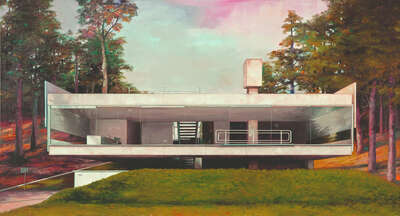

- Exclusive offers
- Inspiring new releases
- Personal invitations to Art Events

Jens Hausmann sets his sights on global modernity The painter Jens Hausmann grew up in Meiningen, Germany and studied under Professor Ralf Kerbach, a renowned objective realist artist, at the… Read more
Intro Bio Exhibitions


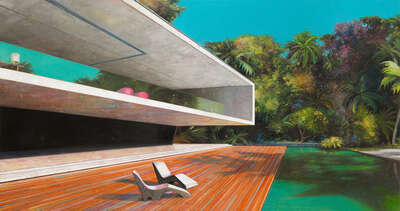

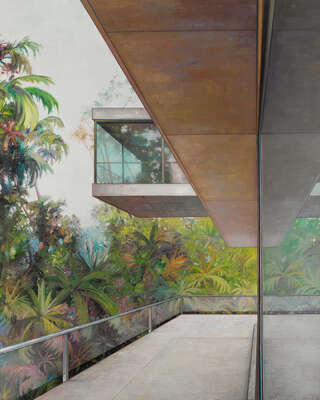



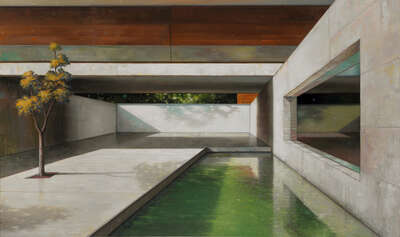

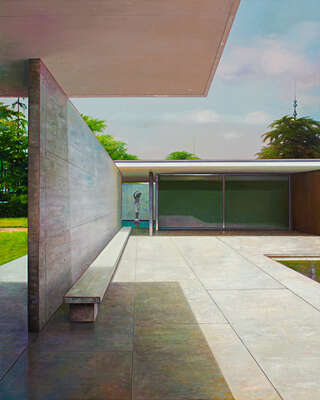

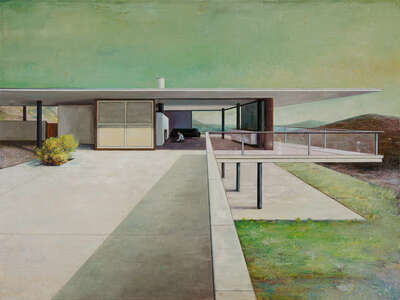

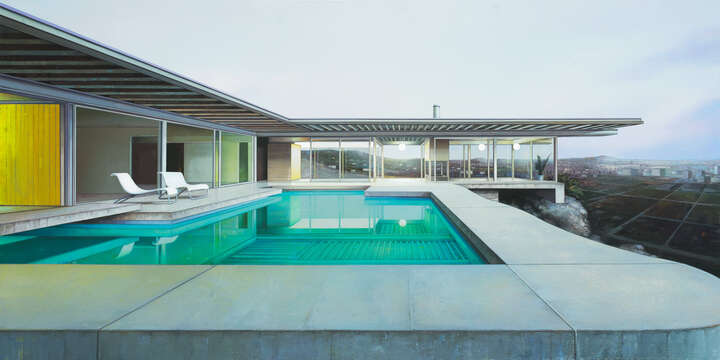
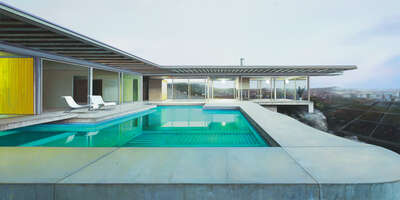
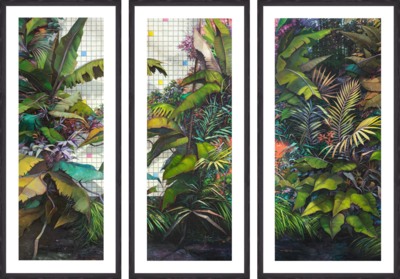

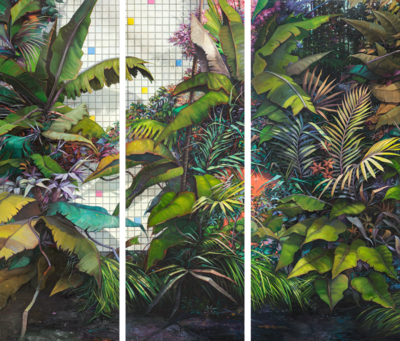

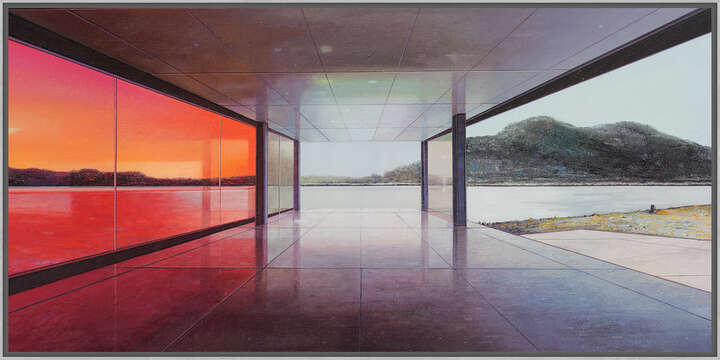
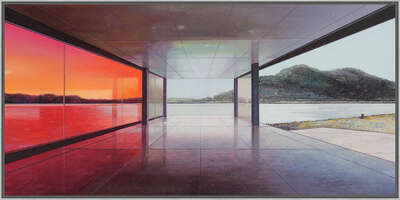
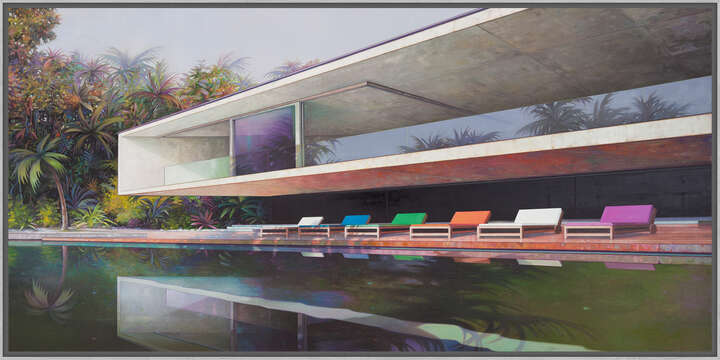
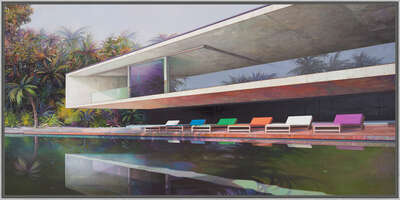
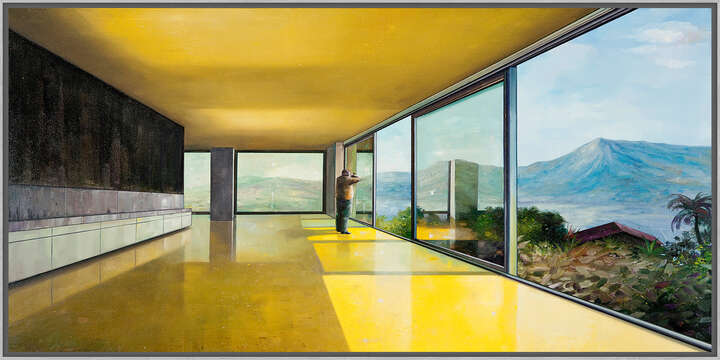
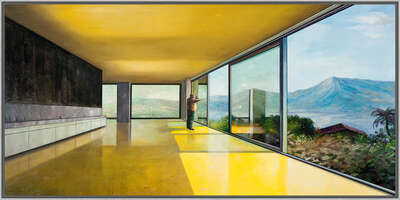
| 1994-2000 | Studies of sculpting and painting at HFBK Dresden |
| 2001 | Diploma Painting |
| Lives in Berlin |
| 2022 | Die Angst des Architekten, Galerie Martin Mertens, Berlin, Germany Lost in Paradise, Galerie Cyprian Brenner, Schwäbisch Hall, Germany Sammler zeigen ihre Werke, Frank Schneewind – Jens Hausmann, Bilder 2012-2022, Verein Kunst und Raum, Krefeld, Germany |
| 2021 | Raumkontrolle, Till Richter Museum, Buggenhagen, Germany |
| 2020 | Raum und Hülle, Galerie Martin Mertens, Berlin, Germany Totales Gebäude, Ausstellungshalle Hellerau Werkstätten, Dresden, Germany Distance, Galerie Anja Knoess, Köln, Germany Exposição Virtual, Galeria Kogan Amaro, Sao Paulo, Brazil |
| 2019 | Ed in Arcadia Ego / Arbeiten 2012 – 2019, Herforder Kunstverein, Museum Daniel Pöppelmann Haus, Herford, Germany Babel, 60 Fragments, Clb im Aufbauhaus, Raum für Kulturtheorie und Urbanismus, Berlin, Germany |
| 2017 | Raum und Hülle, Galerie Reinthaler, Wien, Austria Gasts from Berlin, Part I, Jens Hausmann - Vanessa Henn, Galerie Eigenheim, Wei-mar, Germany |
| 2016 | Niemandsland, Kunsthalle Neuwerk, Konstanz, Germany Das Geheime Zentrum, Galerie Anja Knoess, Köln, Germany |
| 2015 | Around the House, Jens Hausmann – Alexej Meschtschanow, SMAC, Raum für Kunst, Berlin, Germany Minimal, Fragments, Galerie Z, Stuttgart, Germany |
| 2014 | Malerei und Arbeiten auf Papier, Orangerie zu Putbus, Kunststiftung Rügen, Putbus, Germany Melancholie, Kupricks House, Kunstraum Unten, Bochum, Germany Dschungel, Kunstverein Centre Bagatelle, Berlin, Germany |
| 2013 | In Serie, Galerie Alte Schule, Ahrenshoop, Germany |
| 2012 | minimal, Galerie Schuster, Potsdam Blind Windows, Von Frauenberg Art Gallery, Düsseldorf |
| Fluchtlinien, Kunstverein Barsinghausen | |
| 2011 | Diktatur, DSV Kunstkontor, Stuttgart |
| Der Unsagbare Raum, Kunstverein/ Kunsthaus Meiningen | |
| 2010 | 35 Fragments, Galerie Schuster, Berlin |
| 2009 | Fragile, Galerie Schuster, Miami, USA |
| 2008 | Kalt, Kalt – Heiss, Heiss, Galerie Schuster, Frankfurt |
| 2007 | Traum von Haus, Frederik Foert Galerie, Berlin |
| 2006 | Himmel, Wssser, Baum, Haus, Mensch – Ein Spiel, Krings-Ernst Galerie, Cologne |
| Heimkino, Kunsthalle Vierseithof Luckenwalde | |
| 2005 | Deutsche Welle, Galerie Foert Garanin, Berlin |
| 2003 | Zwischenraum, Galerie Foert Garanin, Berlin |
| 2002 | Psychonews, Spielhaus Morrison Galerie, Berlin |
| 2001 | Narkose, Galerie Jette Rudolph, Berlin |
| 2000 | Spirit and Borders, Galerie Jette Rudolph |
| 2021 | Betwixt, Kunstraum am Tacheles, Berlin, Germany Keep Cool, Galerie Martin Mertens, Berlin, Germany Stubenkoller, Paranoid Spaces, Direkte Auktion, Postbank Tower, Berlin, Germany Galerie Schmalfuss, Marburg, Germany Positions Art Fair Berlin (Galerie Martin Mertens) Pan Amsterdam (Galerie Martin Mertens) Luxembourg Art Week (Galerie Anja Knoess) |
| 2020 | Construct your Storys, Falckenrotpreis 2020, Künstlerhaus Bethanien, Berlin, Germany Fifty / Fifty, The Matter of Duality, Paul Fleischmann Haus, Berlin, Germany Wiedersehen macht Freude, Galerie Anja Knoess, Köln, Germany Cold Turkey, Glue, Werketage E.V., Berlin, Germany Amigo Secreto, Kogan Amaro Galeria, Sao Paulo, Brazil Art Karlsruhe (Galerie Martin Mertens) Positions Art Fair Berlin (Galerie Martin Mertens) Luxembourg Art Week (Galerie Anja Knoess |
| 2019 | Rhizome, Berlin Based, Frank Taal Galerie, Rotterdam, Netherlands After Hour, Pop Up Exhibition Space Sonos Store, Berlin, Germany En Blog, Galerie Nicole Gnesa, München, Germany Ausstellung 3. Ahrenshooper Winterauktion, Kunstmuseum Ahrenshoop, Germany Art Karlsruhe (Galerie Anja Knoess) Sp Arte / International Art Fair / Sao Paulo (Kogan Amaro Galeria) Positions Art Fair Berlin (Galerie Martin Mertens) Pan Amsterdam (Galerie Martin Mertens) |
| 2018 | Berlin Radio, Murilo Castro Galeria, Belo Horizonte, Brazil Desver a Arte, Kogan Amaro Galeria, Sao Paulo, Brazil Stadtwerke, Peter Braunholz - Jens Hausmann - Jan Muche, Galerie Anja Knoess, Köln, Germany Thema Architektur, Galerie Schmalfuss, Berlin, Germany Ngorongoro, II, Artist Weekend, Atelier Jonas Burgert, Berlin, Germany Habitat- vom sich Einrichten in der Welt, Kunstverein Villa Strechius, Landau, Germany Ausstellung 2. Ahrenshooper Winter Auktion, Kunstmuseum, Ahrenshoop , Germany Aussicht – Einsicht, Blick durchs Fenster, Museum Sinclair Haus, Bad Homburg, Germany |
| 2017 | Golden Ass, Movie Poster, Galerie Laden für Nichts, Leipzig, Germany Handlungsanweisungen in der Kunst, Galerie Eigenheim, Berlin, Germany Irrer Strand, Galerie alte Schule, Ahrenshoop, Germany Spectrum Three, Collage – Montage, Galerie Eigenheim, Berlin, Germany Blitzeis II, Accrochage, Galerie Anja Knoess, Köln, Germany |
| 2016 | Die Geschichte hat einen Fehler, zu viele Erzähler - Kunstverein Gütersloh , Germany The Great Leap- Galerie Rothamel, Erfurt, Germany Les Miniatures - Galerie Nicole Gnesa, München, Germany Liaison, Art Week Berlin, Uferhallen, Berlin, Germany Welt am Rand, Kunsthaus Erfurt, Erfurt, Germany Spectrum Two, About Paper– Galerie Eigenheim, Berlin, Germany Blitzeis, Accrochage, Galerie Anja Knoess, Köln, Germany Melancholie, Kupricks House, Part II, Auriga Galerie, Rostock, Germany |
| 2015 | Polyvalenz, Kunst zwischen Abstraktion und Konstruktion Glue, Kunstraum Bethanien, Berlin,Germany Timewise – Galerie Kristine Hamann, Wismar, Germany JETZT – Konstruktive Bildräume im Dialog, Galerie Anja Knoess, Köln, Germany Syntetic Fields, Das künstliche in der Kunst, Kunsthalle PLU 4, Berlin, Germany Les Miniatures, Projectspace Codex Berlin, Berlin, Germany Landscapes 3.0, Galerie Alte Schule, Ahrenshoop, Germany Spectrum One, On Canvas, Galerie Eigenheim, Berlin, Germany |
| 2014 | Space // Squared, White Walls Gallery, San Francisco, USA Orte / Nicht-Orte, Kunstverein Uelzen, Museum Schloss Holdenstedt, Germany |
| 2013 | Alles Wasser, Galerie Mikael Anderson, Koppenhagen, Denmark Mixed Signals, Part I, Spuren der Klassischen Moderne in der Gegenwartskunst, Haus am Kleistpark, Berlin, Germany Mixed Signals, Part II, Die Welt der Dinge, Kunstverein Ulm, Germany Inhabitan City – Wohnträume, Utopien, Urbanismus und der Ganz normale Raumkonsum, Kunstverein Böblingen, Germany Eisbaden, Galerie Alte Schule Ahrenshoop, Germany Edge and Surface, Berlin ArtWeek, Leipziger Str. 61 – 65, Berlin, Germany How Lonely does it get? Black Bridge Off Space, Peking, China Berliner Salon, Part II, Kunsthaus Meiningen, Germany |
| 2012 | Der Unsagbare Raum/ Part II, ARD Hauptstadtstudio, Berlin |
| Konstellationen, Haus am Kleistpark, Berlin | |
| Mixed Signals/ Part I, Galerie Z, Stuttgart | |
| 2011 | Ich bin ein Berliner, Dezer Schauhalle, Miami, USA |
| In Between Days/ Von Frauenberg Art Gallery, Düsseldorf | |
| Kernfragen, Haus am Kleistpark, Berlin | |
| ABC of Painting, Galerie Schuster, Berlin | |
| 2010 | Malerei, Galerie Dr. messner, Trossingen |
| Berliner Salon, Europäischer Kunsthof Ficht, Aachen | |
| Art Fair 21 Köln, Galerie Schuster, Köln | |
| 2009 | Scope New York, Galerie Schuster, New York, USA |
| 2008 | Scope Miami, Galerie Schusten, Miami, USA |
| 2007 | Arcadia, Tactile Bosch, Cardiff, UK |
| Salty Tears, Frederik Foert Galerie, Berlin | |
| Scope Miami, Galerie Schuster, Miami, USA | |
| 2006 | The fine art of separating people from their money, Frederik Foert Galerie, Berlin |
| Art Peking – Frederik Foert Galerie | |
| Art Fair Köln, Art Karlsruhe, Galerie Kreuzer + Roy, Heimbach | |
| 2005 | Time Zones, Krings Ernst Galerie, Cologne |
| Cars and Races, Frederik Foert Galerie, Berlin | |
| 2004 | Pintura, Galeria Fabio Penacall, Salvador, Brasil |
| Art Frankfurt, Galerie Foert | |
| 2003 | Raum 3, Galerie Garanin, Essen |
| 2001 | Art Frankfurt, Galerie Jette Rudolph |
| Diplomausstellung, Ocotogon HFBK Dresden |
Secure your favourite artwork now!
Visit LUMAS USA!
Delivery to your country is not possible from this site.
If you would like to place an order, please visit LUMAS USA.